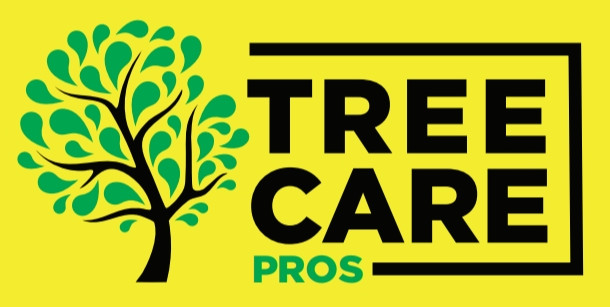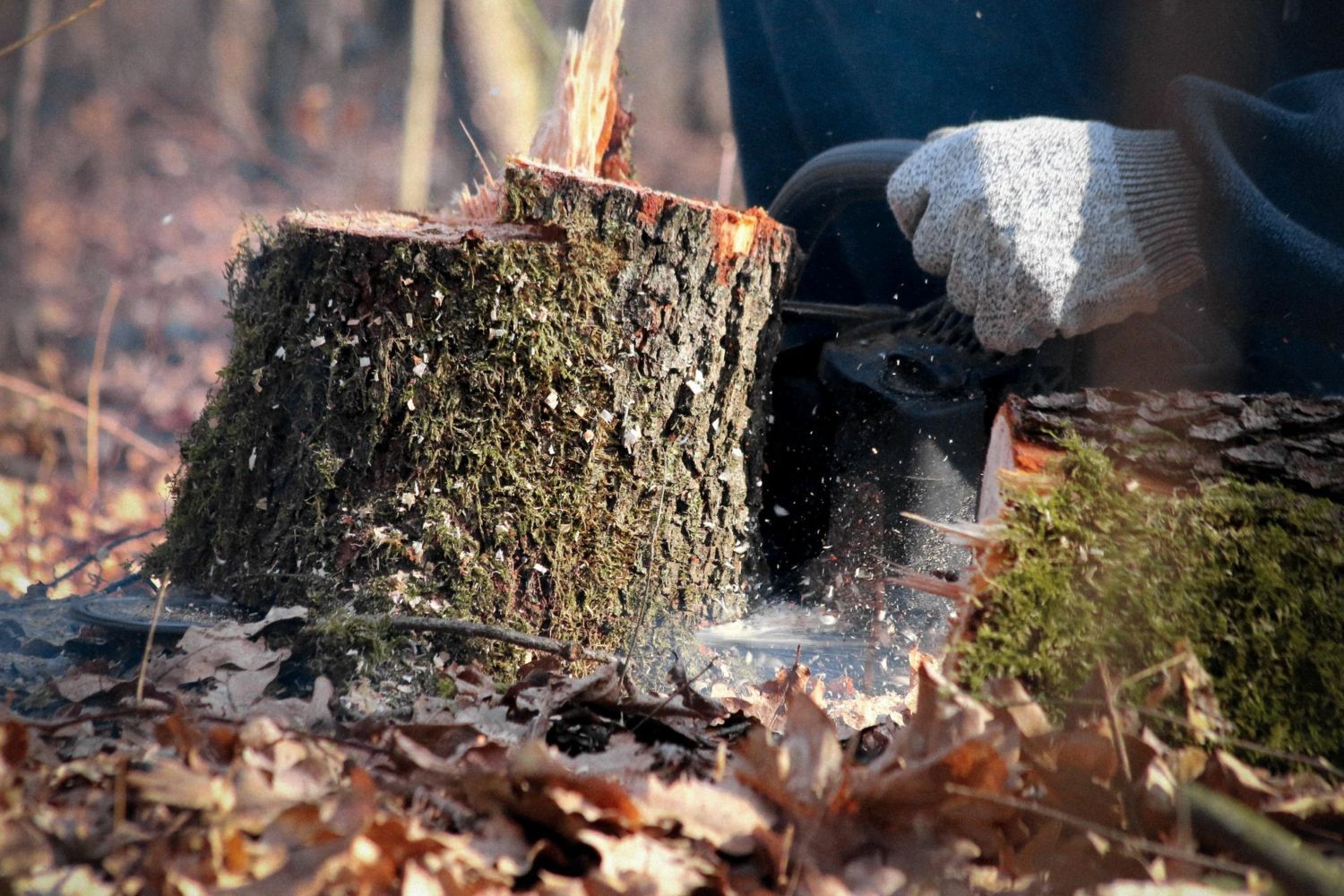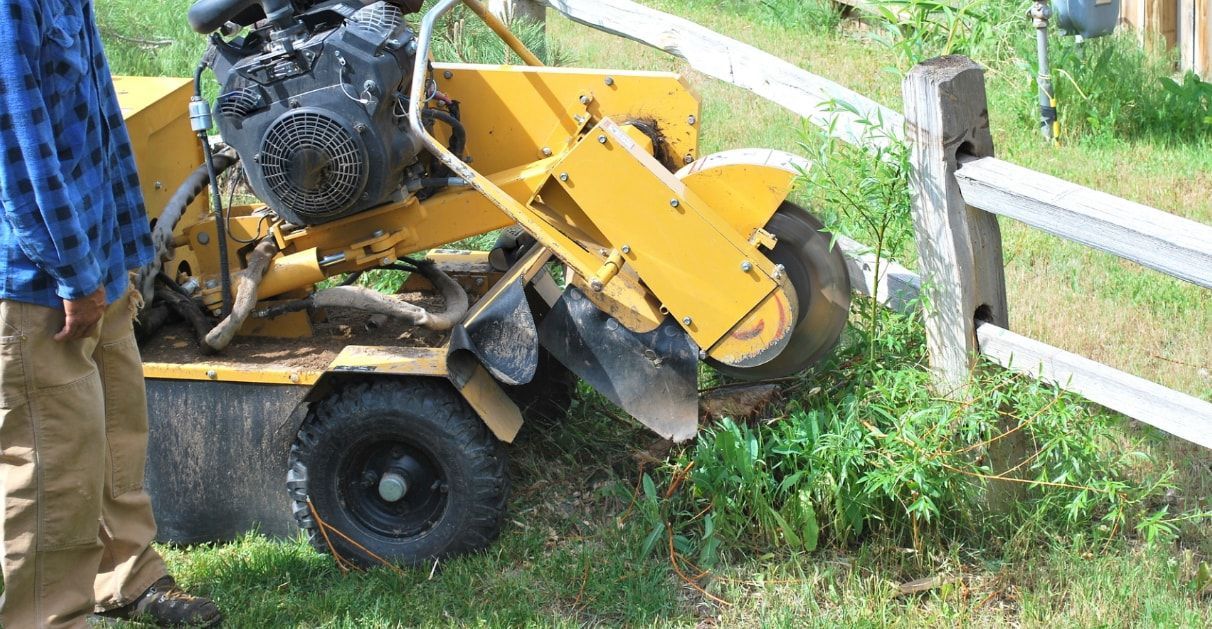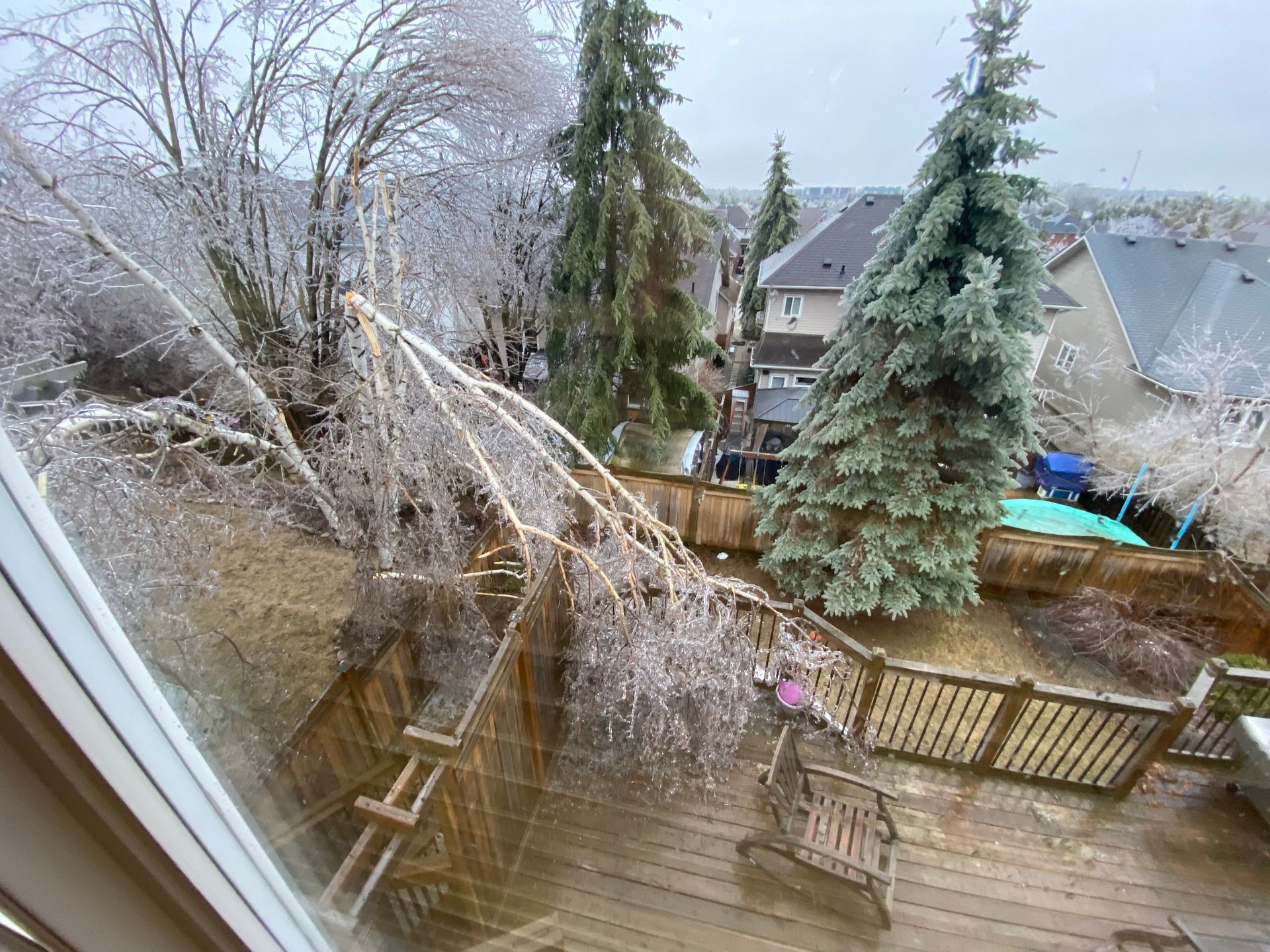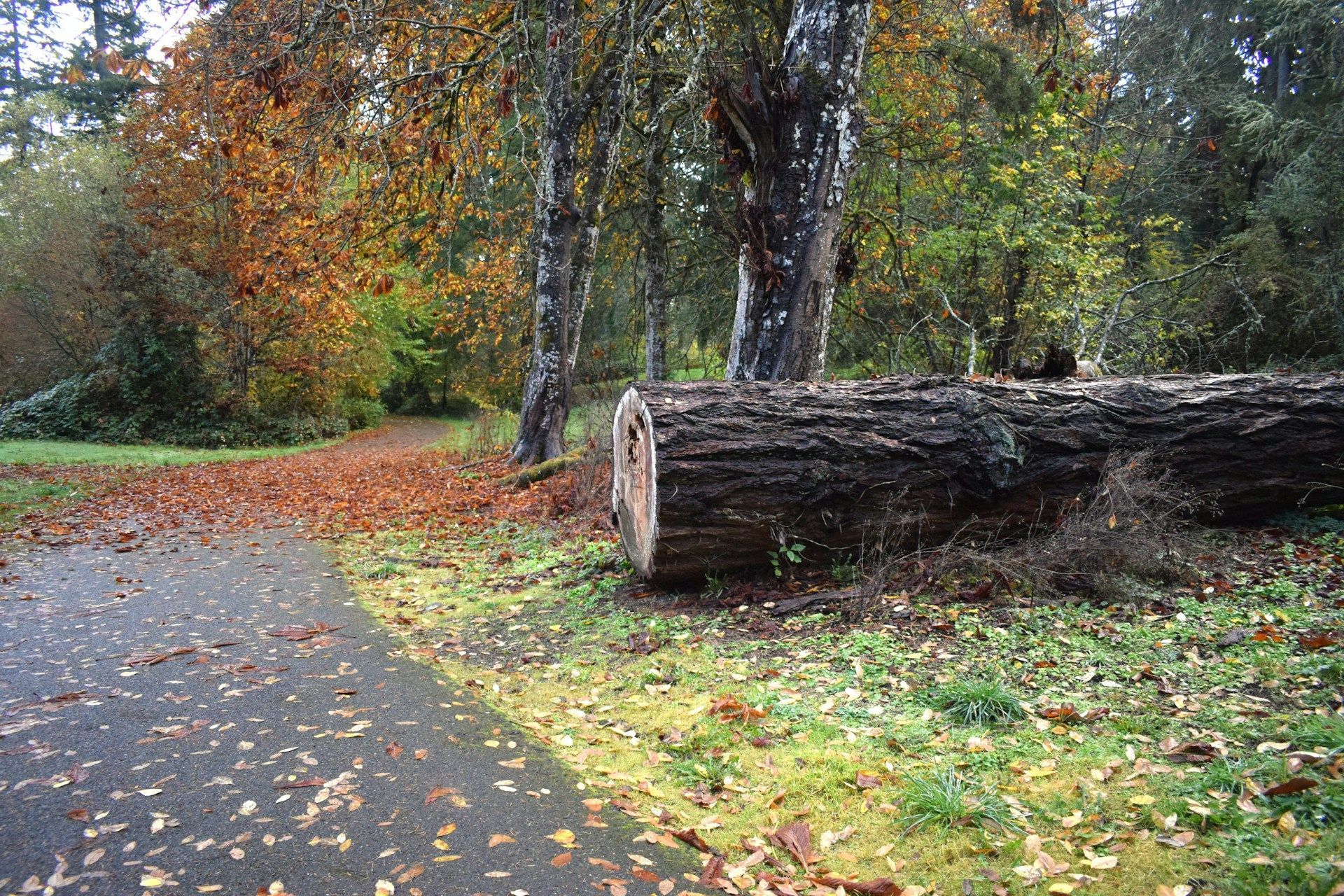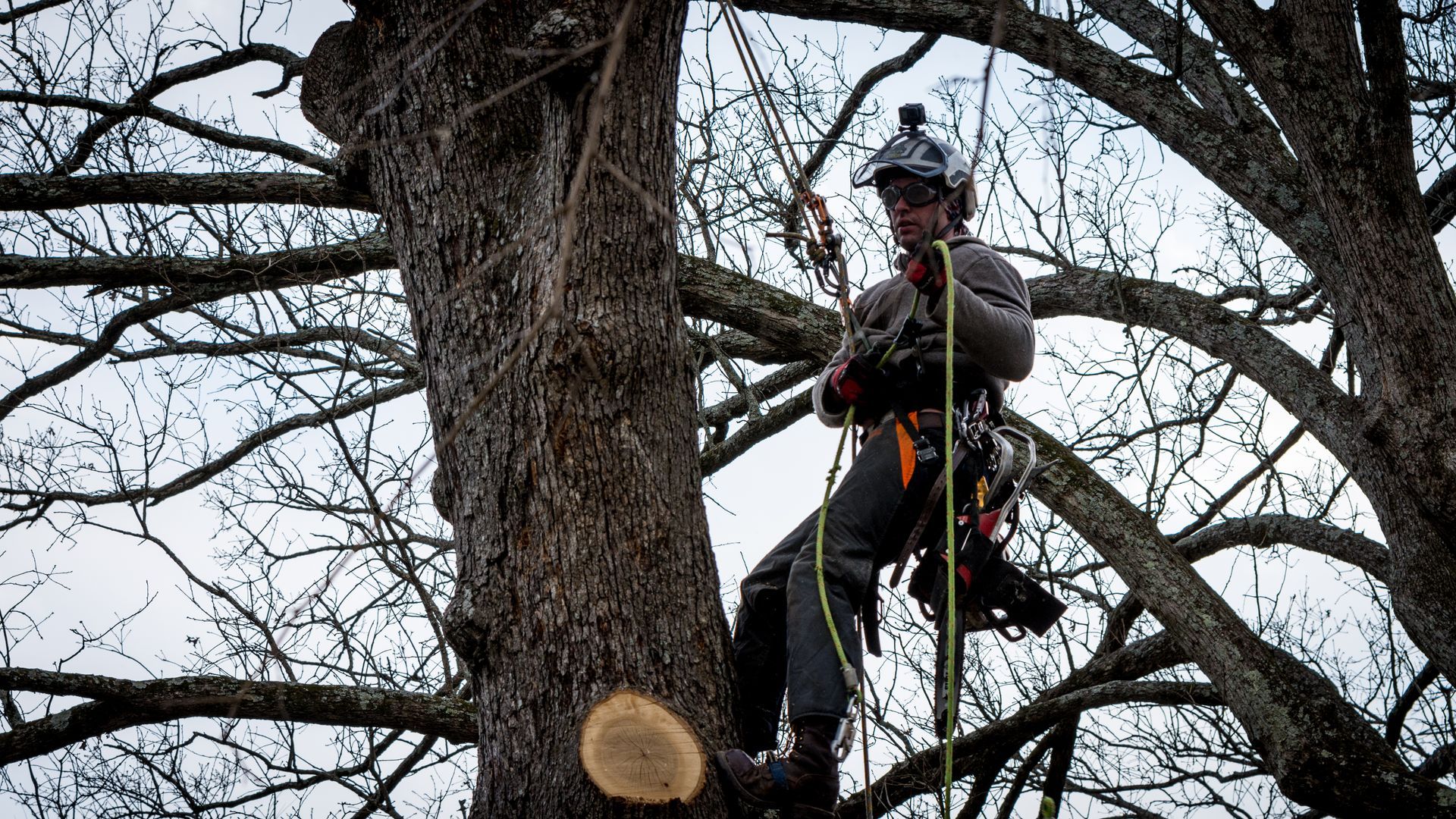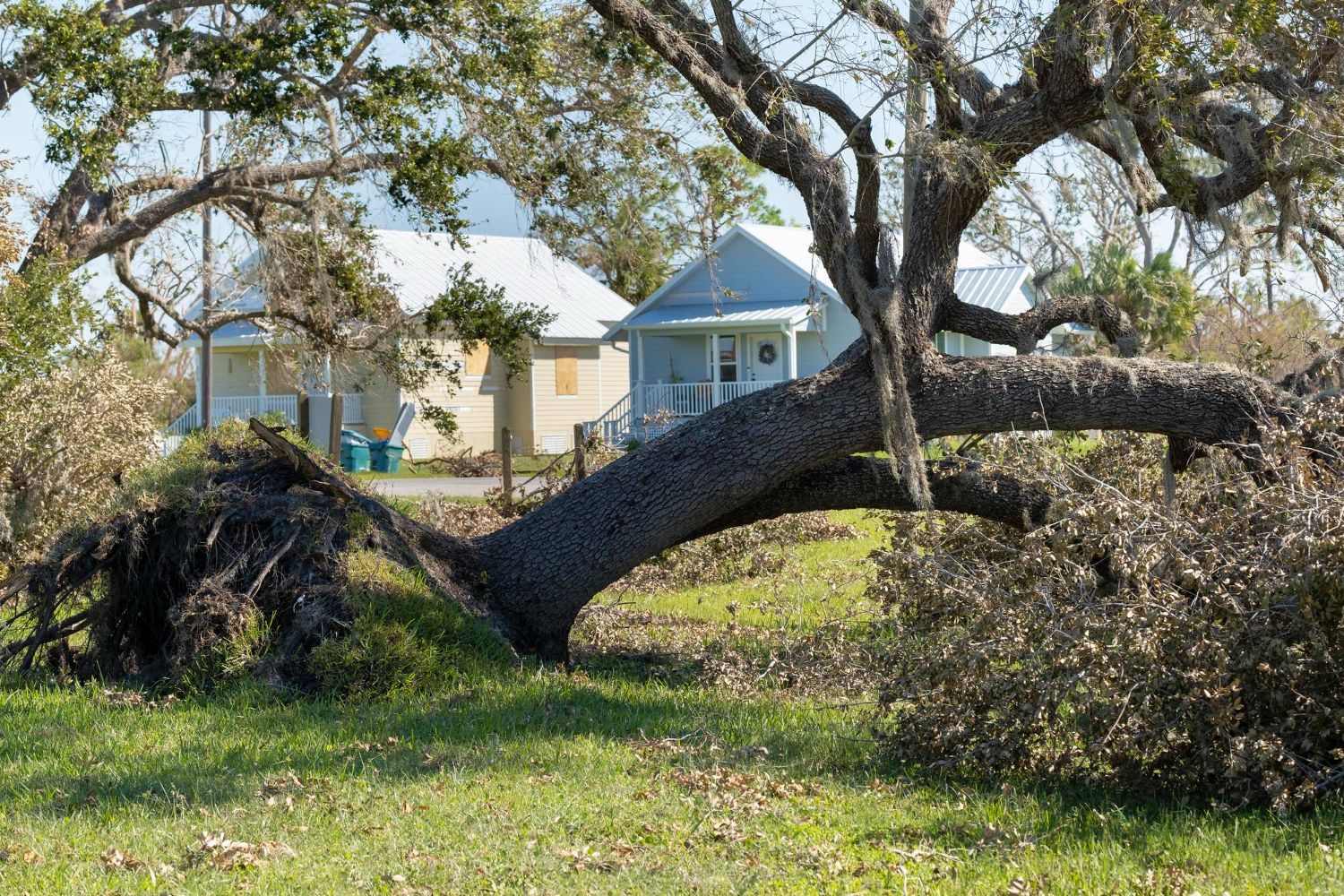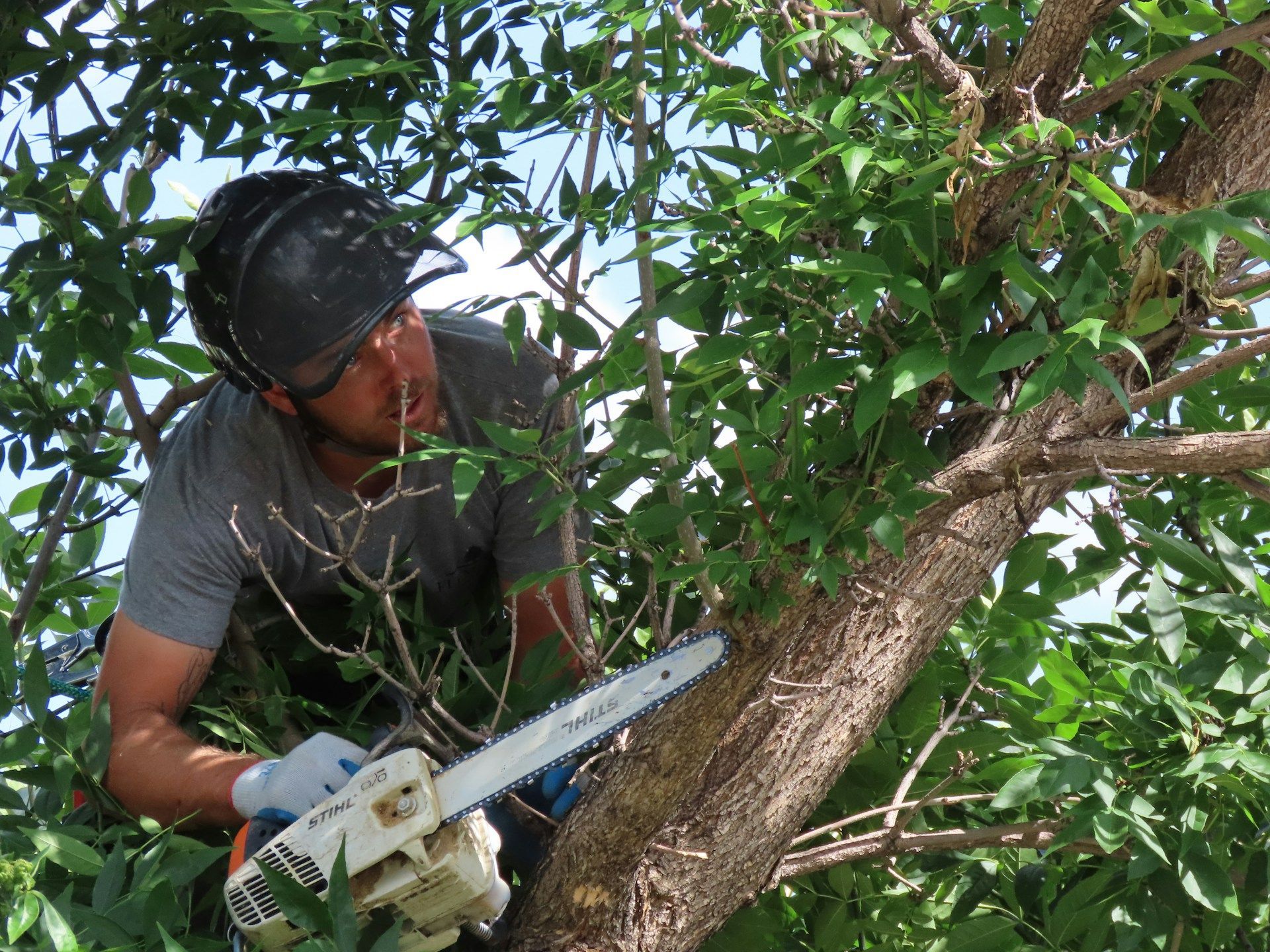How to Identify Dangerous Tree Branches: A Guide
Trees add beauty and value to our surroundings, but sometimes their branches can pose a risk. Recognizing dangerous branches before they break can keep your home and family safe. Knowing what to look for helps spot those risky branches before they cause damage or injury.
There are several signs to watch for that indicate a tree branch might be unsafe. By learning these signs, you'll know when a branch is at risk of falling. Environmental factors, like storms or pests, can also make branches more dangerous over time.
Checking your trees regularly and knowing how to identify these problems keeps your trees healthy and your property safe. Understanding what makes a branch dangerous is the first step. Taking care of your trees before issues arise can prevent accidents and keep your landscape beautiful.
Signs That a Tree Branch Might Be Dangerous
Recognizing signs that a tree branch might be dangerous is important for everyone’s safety. Damaged or weak branches can fall unexpectedly, causing harm to people and property. Here are some signs that a branch might pose a risk:
1. Cracks or Splits: Look for visible splits or cracks in the branch. These indicate weakened wood structure, which can lead to breakage during strong winds or heavy rainfall.
2. Dead or Hanging Limbs: Dead branches, often recognizable by their lack of leaves and dry appearance, are more likely to fall. Hanging limbs that seem detached at one end are particularly risky.
3. Excessive Leaning: Branches that lean excessively away from their natural growth path may have shifted due to weakness or imbalance, posing a danger of falling.
4. Decay or Fungus: Swollen areas, or the presence of fungi like mushrooms on a branch, suggests decay. This weakens the branch and heightens the risk of it breaking off.
5. Unusual Bending: Notice if a branch is bending unnaturally, as this might be a sign of internal pressure or damage. Such branches need closer inspection.
Being proactive and identifying these signs early can prevent accidents. Regularly observing your trees helps you address potential issues before they pose serious threats, especially during storm seasons.
Environmental Factors Contributing to Branch Hazards
Environmental factors greatly influence the integrity of tree branches. Understanding what contributes to branch hazards can help you better manage tree safety in your area. Here are some key factors to consider:
1. Strong Winds: Wind exerts pressure on branches, causing them to sway. Over time, repeated exposure to high winds can weaken branches or detach them from the trunk.
2. Heavy Rain or Snow: Water adds weight to branches, particularly when snow accumulates. This extra weight can cause bending or even snapping, especially in already weakened branches.
3. Drought Conditions: Lack of water stresses trees and affects their overall health. Drought can make wood brittle, decreasing its ability to hold up under pressure.
4. Insect Infestation: Pests like borers or beetles feed on wood, causing structural weaknesses. Infested branches become less resilient to environmental stress.
5. Soil Erosion: Erosion can destabilize the root system, indirectly affecting the stability of branches. Without strong roots, trees can't adequately support their limbs.
Keeping an eye on these environmental factors allows for timely interventions. By understanding how the surroundings affect your trees, you can take steps to reduce risks and promote healthier, safer tree growth. Regular inspections and preventative care are key in addressing these environmental challenges effectively, ensuring both safety and beauty in your outdoor spaces.
Techniques for Inspecting and Identifying Problematic Branches
Inspecting tree branches for potential hazards is a straightforward process that helps keep your property safe. Knowing what to look for ensures that you can identify and address issues before they cause harm.
Start your inspection by standing at a distance, allowing you to see the overall shape and health of the tree. Look for uneven growth or any branches that seem out of place. These might be growing in an unhealthy direction due to structural weakness.
Move closer to examine branches more closely. Pay attention to the base of each branch where it meets the trunk. This is often where cracks or splits occur. Notice any peeling bark or sawdust, signs that might indicate decay or insect infestation.
Use a pole or rod to gently tap branches within reach. A hollow sound can indicate internal decay, suggesting the branch might be weak. Make sure to look for mushrooms or other fungi growing on or near branches, which often signal rot and decay.
Finally, inspect the ground beneath the tree. Fallen leaves or twigs with signs of decay can give clues about the health of branches above. Collect these clues as you build an understanding of which branches might need more attention or removal.
Steps to Safely Address Dangerous Branches
Addressing dangerous branches safely ensures your surroundings remain secure without causing damage or injury. Follow these steps to manage problematic branches effectively:
1. Evaluate the Situation: Once you've identified a dangerous branch, evaluate the potential risks. Consider the size and location of the branch. Large branches near buildings or pathways require careful planning.
2. Gather the Right Tools: Safety gear like gloves, goggles, and a hard hat is crucial. Depending on the size of the branch, you might need pruners, a saw, or a chainsaw. Make sure your equipment is in good condition.
3. Plan Your Approach: Decide how best to remove the branch. If it's small, you might be able to cut it yourself. For larger branches, plan careful cuts to ensure the branch falls safely away from people and structures.
4. Clear the Area: Make sure the area below the branch is clear of people and objects. Warn anyone nearby and block off the area if necessary to prevent accidents.
5. Cut Carefully: Make a small cut on the underside of the branch first to prevent tearing. Follow with a larger cut from the top, sawing smoothly to allow gravity to guide the branch down.
6. Follow Up: Once removed, inspect the tree for any additional issues. Consider treating exposed areas with a tree sealant to prevent disease or pests.
While handling smaller tasks is possible, always consider professional help for large or risky branches to ensure safety and precision.
Conclusion
Being proactive in checking and maintaining your tree branches contributes significantly to safety and aesthetics. Understanding the signs of danger and knowing how to carefully inspect and manage tree branches is valuable for homeowners. Trees are dynamic parts of our environment, offering shade, beauty, and shelter, but they can also pose risks if not maintained properly.
Routine inspections bring peace of mind and keep your living space secure. Keeping an eye on environmental factors that affect tree health allows you to anticipate issues and resolve them swiftly. Trees play an essential role in your landscape and taking care of them also ensures you maintain a safe environment for your family and community.
If you’re looking to secure your property and manage potentially dangerous branches, connect with Barrie Tree Care Pros. Our team of experts is ready to assist with all your tree care needs, from inspections to safe tree removals. Contact us today to keep your trees healthy and your property safe.
